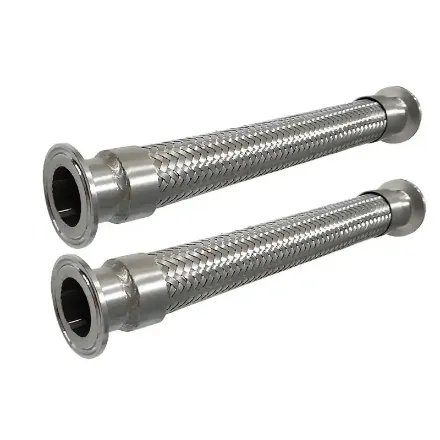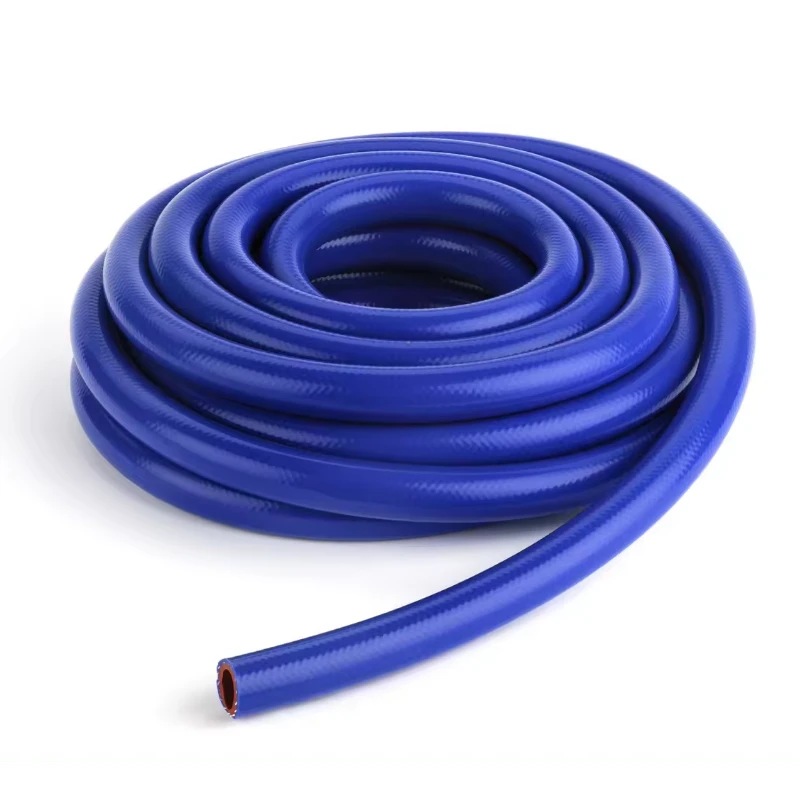
- Afrikaans
- Albanian
- Amharic
- Arabic
- Armenian
- Azerbaijani
- Basque
- Belarusian
- Bengali
- Bosnian
- Bulgarian
- Catalan
- Cebuano
- Corsican
- Croatian
- Czech
- Danish
- Dutch
- English
- Esperanto
- Estonian
- Finnish
- French
- Frisian
- Galician
- Georgian
- German
- Greek
- Gujarati
- haitian_creole
- hausa
- hawaiian
- Hebrew
- Hindi
- Miao
- Hungarian
- Icelandic
- igbo
- Indonesian
- irish
- Italian
- Japanese
- Javanese
- Kannada
- kazakh
- Khmer
- Rwandese
- Korean
- Kurdish
- Kyrgyz
- Lao
- Latin
- Latvian
- Lithuanian
- Luxembourgish
- Macedonian
- Malgashi
- Malay
- Malayalam
- Maltese
- Maori
- Marathi
- Mongolian
- Myanmar
- Nepali
- Norwegian
- Norwegian
- Occitan
- Pashto
- Persian
- Polish
- Portuguese
- Punjabi
- Romanian
- Russian
- Samoan
- scottish-gaelic
- Serbian
- Sesotho
- Shona
- Sindhi
- Sinhala
- Slovak
- Slovenian
- Somali
- Spanish
- Sundanese
- Swahili
- Swedish
- Tagalog
- Tajik
- Tamil
- Tatar
- Telugu
- Thai
- Turkish
- Turkmen
- Ukrainian
- Urdu
- Uighur
- Uzbek
- Vietnamese
- Welsh
- Bantu
- Yiddish
- Yoruba
- Zulu

Mar . 07, 2025 06:10 Back to list
Two Layers Steel Wire Reinforced Hydraulic Hose SAE 100 R2 / EN853 2SN


In the case of high-pressure hoses, it is advisable to use a more advanced repair kit explicitly designed for such conditions. These kits include specialized adhesive and clamps engineered to maintain seal integrity under high stress. Employing these ensures safety and durability, aligning with expert advisory standards. After any repair, the testing phase is equally crucial in ensuring the repair’s integrity. Reattach the hose and gradually introduce pressure, monitoring for any signs of leaks. This step is crucial to confirm the success of the repair before returning the hose to its regular use. Continuous monitoring is recommended, particularly for high-pressure hoses, to preemptively address any failures. Over time, it’s beneficial to implement a maintenance schedule; this involves regular inspections and cleaning, especially for hoses exposed to harsh environments or those integral to critical systems. Preventative maintenance not only reduces the frequency of repairs but also reinforces trust in the reliability of the equipment. In situations where DIY repair isn’t suitable, consulting with professionals or investing in new high-quality replacements is sometimes the best course of action. Professional services have access to industrial-grade materials and technologies that ensure safety and performance. Understanding how to repair rubber hoses effectively speaks to a broader commitment to sustainability and resource management. By taking meticulous steps in assessing, addressing, and resolving hose issues, one not only extends the life of the product but also embodies responsible use of materials. This expertise underscores a commitment to trustworthiness and reliability, qualities valued highly in both industrial and domestic settings.
Latest News
Steel Wire Reinforced Hydraulic Hose SAE 100 R1 / EN853 1SN S
NewsOct.17,2024
Two Layers Steel Wire Reinforced Hydraulic Hose SAE 100 R2 / EN853 2SN
NewsSep.03,2024
Textile Braid Reinforced Hydraulic Hose SAE100 R3+R6
NewsSep.03,2024
Textile Reinforced Hydraulic oil Suction Hose with embedded Steel Wire SAE 100 R4
NewsSep.03,2024
Single Wire Braid and Textile Covered Hydraulic Hose SAE 100 R5
NewsSep.03,2024
High Pressure Thermoplastic Hydraulic Hose SAE 100 R7 / EN855 R7 - SAE 100 R8 / EN855 R8
NewsSep.03,2024
Heavy Duty Four-layer Steel Wire Spiral Reinforced Hydraulic Hose SAE100R9+R10+R12
NewsSep.03,2024
Heavy Duty Multi-layer Steel Wire Reinforced Hydraulic Hose SAE100R13 SAE100R15
NewsSep.03,2024
Latest Products










